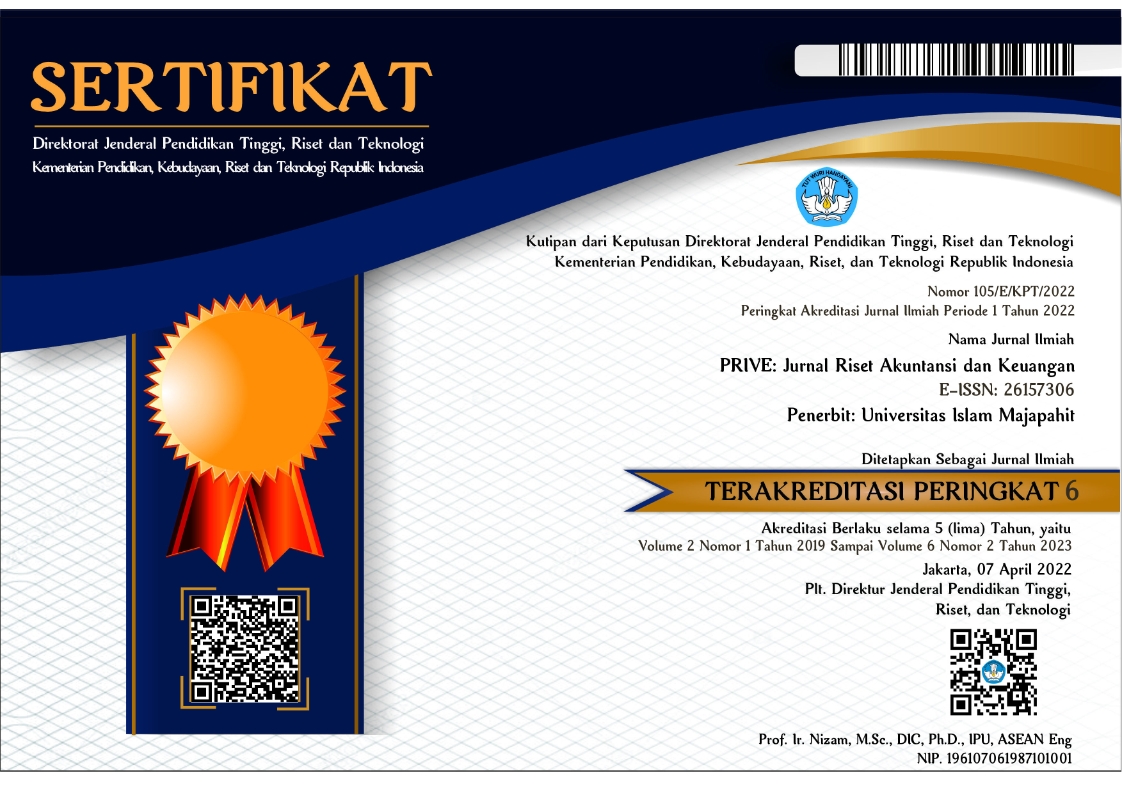Analisis Perbandingan Kinerja Keuangan Bank Syariah Dengan Bank Konvensional di Indonesia
Keywords:
CAR, ROA, NPL, BOPO, LDRAbstract
Banking industry in Indonesia plays an important role as the core of the financial system. Banking financial performance can be known by calculating a number of financial ratios that are commonly used as a measure to assess the soundness of a bank. This study aims to analyze the differences in financial performance between conventional banks and sharia banks. The data used are secondary data using Independent Sample t-test test method to compare the performance of the two banking types. This research was conducted at PT. Bank Muamalat Indonesia Tbk, PT. Bank Syariah Mandiri, and PT Bank BNI Syariah as representatives of Islamic banking whilst representatives of conventional banking is PT. Bank Mega Tbk, PT Bank Mandiri Tbk, and PT. Bank Central Asia Tbk. Aspects analyzed in this thesis are five where the capital aspect uses CAR (Capital Adequacy Ratio) ratio, productive quality asset aspect using NPL (Non Performing Loan) ratio, rentability aspect using ROA (Return On Assets) ratio, efficiency aspect using BOPO ratio (Operating Expenses to Operating Income), and liquidity aspects using LDR (Loan to Deposit Ratio) ratio. Based on the results of research that has been done obtained from the ratio of CAR, NPL, ROA, BOPO, LDR shows that there is a significant difference between the performance of Islamic banking with conventional banking. The sig value for that ratio is CAR 0.003, NPL 0.005, ROA 0.000, BOPO 0.008, LDR 0.013. From the mean of the performance of the bank as a whole then it can be concluded the performance of conventional banking is better when compared with the performance of sharia banking.







